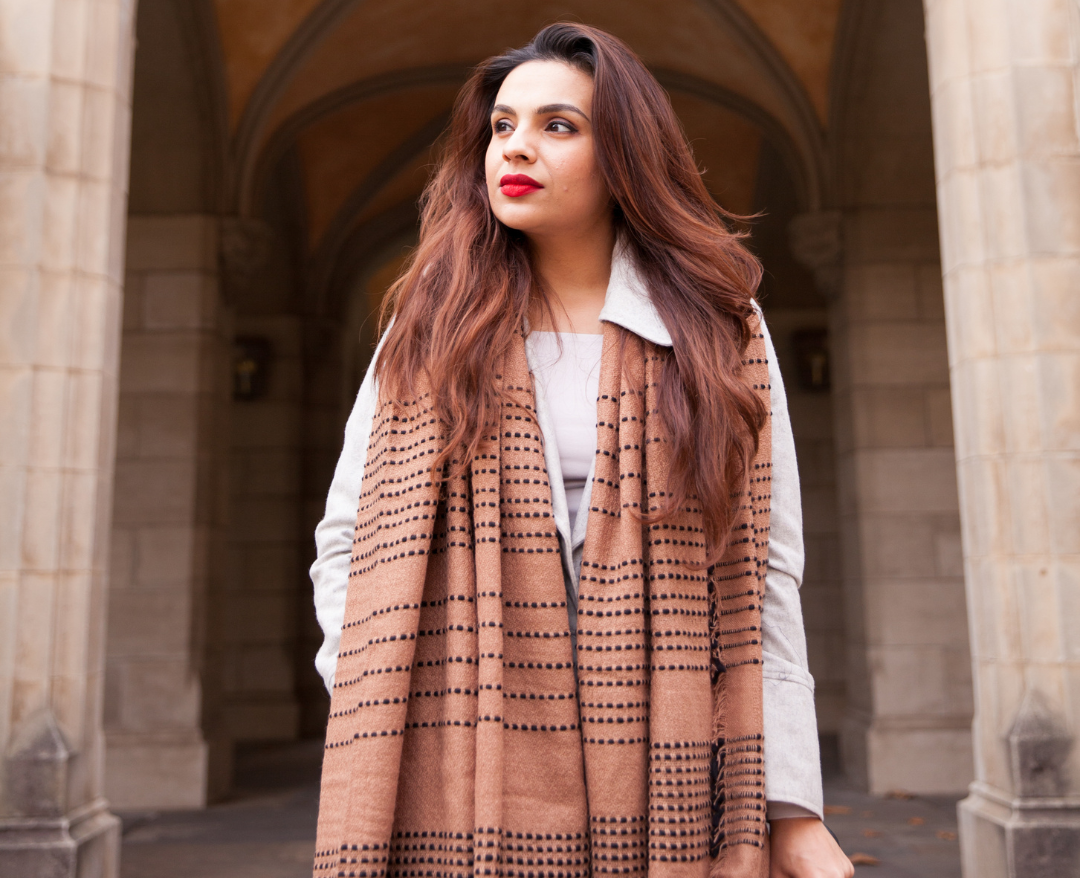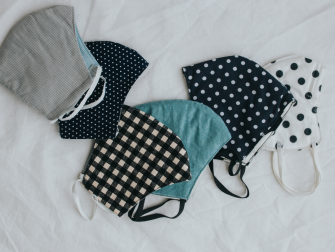Everybody wants to look their best when they go out and present themselves in public. One of the essential elements that can make or break your look is the color scheme you choose. While it can be challenging to get the perfect combination, this comprehensive guide will give you all the information you need to create a stunning fashion look with a perfectly-balanced color scheme.
Basics of Color Theory
Color theory is one of the critical aspects of creating a great fashion look. The colors you choose can make or break your whole outfit. A good color scheme will complement your features and make you look put-together and stylish. A good color scheme can make you look washed out, exciting, and tacky.
There are a few basics of color theory that every fashionista should know. There are warm colors and cool colors. Warm colors are typically red, orange, and yellow. They are called friendly because they tend to make us think of things like fire and the sun. They are vibrant and energizing. Cool colors are typically blue, green, and purple. They are called cool because they remind us of water and the sky. They are calming and relaxing.
There is the concept of complementary colors. Complementary colors sit opposite each other on the color wheel (think red and green or blue and orange). These colors work well together because they create a high-contrast look that is eye-catching but not overwhelming.
How to Choose the Right Colors for Your Look
The colors you choose for your clothes can say a lot about your style. They can also affect how people perceive and respond to you. That’s why choosing the right colors for your fashion look is essential.
Here are a few tips on how to choose the right colors for your fashion look:
1. Consider Your Skin Tone
One of the most important things to consider when choosing colors for your fashion look is your skin tone. You want to ensure that the colors you choose complement your skin tone and make you look your best.
2. Think About What Colors Make You Feel Good
Another thing to consider is what colors make you feel good. If you feel good in a specific color, it will show in your confidence and attitude, which can attract others.
3. Consider the Occasion or Event You’re Dressing For
When choosing colors for your fashion look, consider the occasion or event you’re dressing for. Specific colors may be more appropriate for particular circumstances than others. For example, brighter colors may be more suitable for casual events, while darker colors may be more appropriate for formal occasions.
4. Think About What Colors Go Well Together
When putting together an outfit, it’s essential to consider what colors go well together. You don’t want to end up with attire that looks like a rainbow! Instead, keep your colors within the same family or choose colors with good contrast.
5. Consider the Details of Your Outfit
Finally, consider the details of your outfit when choosing colors for your fashion look. For example, if you’re wearing a patterned shirt, pick colors for the rest of your attire that will complement and not clash with it.
The Use of Complementary Colors in Fashion
Complementary colors are those that are opposite each other on the color wheel. Complementary colors are often used in fashion to create contrast and visual interest. For example, a black top with white pants is a classic look that relies on the difference between these two colors.
When choosing complementary colors for your fashion look, it’s essential to consider the overall tone of the outfit. For a more sophisticated look, choose colors closer to each other on the color wheel (such as navy and light blue). For a more dramatic look, choose colors that are further apart on the color wheel (such as red and green).
When using complementary colors in your fashion look, it’s also essential to consider each color’s proportion. A good rule of thumb is to use one dominant color and one accent color. For example, if you’re wearing a black dress, you might pair it with a pop of color like red shoes or a green scarf.
Tips for Choosing the Right Color Scheme for Your Outfit
When choosing a suitable color scheme for your outfit, there are a few things you need to consider. First and foremost, you must consider what colors complement each other. Second, you need to consider the season and whether or not specific colors are appropriate. And lastly, you need to consider your style and what colors make you feel most confident.
With all of that in mind, here are a few tips for choosing the suitable color scheme for your outfit:
- Stick to a maximum of three colors. This will ensure that your business looks cohesive and put together.
- Choose one dominant color, one secondary color, and one accent color. The dominant color should be present in most of your clothing pieces, the secondary color should be present in a few key elements, and the accent color should be used sparingly to add some pop.
- Consider the season when choosing your colors. For example, pastels might be more appropriate for springtime looks, while jewel tones work well for fall/winter ensembles.
- Choose colors that complement each other well. There are various ways to do this, you can consult a color wheel or use a tool like Adobe Color CC (formerly known as Kuler).
- Think about which colors make you feel most confident and comfortable. If you feel good in specific shades, those are probably the best colors to incorporate into your look.
We hope this guide has given you a better understanding of creating the perfect color scheme for your fashion look. With these tips and tricks in mind, you will be able to craft an outfit that stands out from the crowd and helps express your style. Remember not to be afraid of experimenting with different colors and combinations. It is often only through trial and error that we can find our true style!



